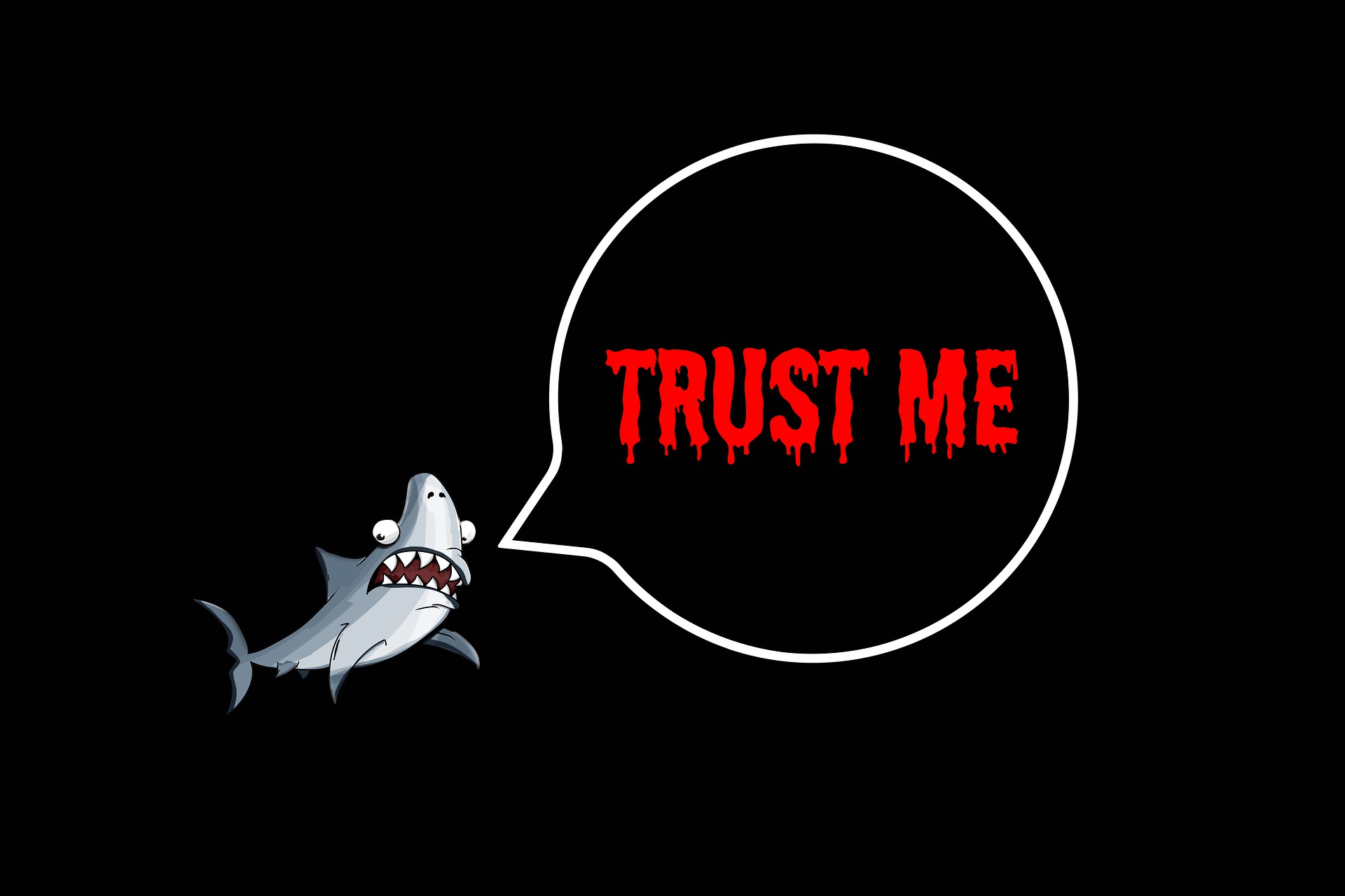Every time I show this extract from “Fierce Creatures”, starring British actor John Cleese, participants giggle, suggesting they already have been confronted to such a display of leadership by someone, awkwardly seeking to engage them. This is “Rollo Lee’s” (John Cleese) first contact with his team, where he hopes to engage them.
How successful do you think Rollo was in this attempt?
Rollo Lee is obviously not interested by the questions, concerns and doubts of his audience, marching through a scripted Flip-chart presentation (PowerPoint did not exist at the time), speaking from the top of his pedestal, in a psychorigid tone and attitude and totally fails to connect with his audience.
Those of you knowing our practice well have seen me come out of the woods: the three necessary levers to engagement, as per defined by Aristotle, are:
- Logos/intellectual or Clarity test. We have all sat in those 500 colleagues conventions, were “Death by PowerPoint” is the current practice. Leaders speak from a stage, distant to their people, light show and music make it seem like a political party convention. Participants might be intellectually convinced but the social pressure makes it clear that pretending “it’s great” is the sole possible answer to the question “How do you find this?”Engaging Leaders, on the contrary, will ensure time and space is designed into the event for their people to co-create (create with them):
- Clarity
- Meaning
- And, as a consequence, Ownership about the new strategy, culture, organisation etc.
Intellectual Clarity, creates a huge energy. Suffices to carefully watch the clip here below. The Professional Basketball players of Efes Anadolu, just won the highly competitive Turkish Championship. In order to thank and acknowledge them, the club’s President invited them to… a night at the Opera. Carefully observe their faces and energy in the first and second part of the show. The result is impressive and the only think that changed is that now they know what they came for at the Opera.
- Ethos/behavioural/values or Credibility test. People don’t listen to what leaders say; they observe what leaders do! This is about exemplarity, walking the talk and being credible. How many politicians and other leaders have lost their licence to operate for behaving in a way contradicting their public stance?Behaviours are fundamental to the creation of your organisation’s culture. IMD retired Professor Chris Parker identified eight “Value Building Behaviours” which, he claims, have the power to fully transform negative and oppositional discussions into fruitful and flourishing ones:
- Listen Actively (listen for understanding)
- Ask Open Questions (to demonstrate willingness to understand)
- Summarise (to prove I was listening)
- Support (to provide a constructive spin to the conversation)
- Challenge (to express my concerns)
- Clarify (prior to deciding)
- Ask for time-out (when the discussion gets confused)
- Ask for and offer feedback (to reinforce the relational bridges)
Observe here, in this extract from Invictus, the first speech of Nelson Mandela to the administration people: his style, his humour, the peaceful and determined tone of his voice, are fully aligned with his speech’ intent.
- Pathos/emotions/passion or Engagement test. Following Prof. Antonio Damasio, one of the leading neuroscientists of our time, aligning emotions with rationale is what moves people “From Intention to Action”. And that is where “Convincing” misses the target. It aims mainly, when not solely, at an intellectual exercise by which I will prove my point. Engagement also requires to speak with our followers’ emotional brains. Several studies have shown that, even though we, humans, would like to think of ourselves as rational, the reality is that, most often, our decision making is taken on emotional criteria.I like to show this extract from Hidden Figures, tracing back the story of three African descent American mathematicians, who were pivotal in sending the first Americans into space. This extract takes place when the cosmonauts visit Cape Canaveral (Kennedy Space Center nowadays) for the first time. See how John Glenn, one of them, engages the whole team and not just the white people. His smile, humour and manners are pleasant. He visible refuses to be hurried and pass by without greeting and speaking to the non-white people of the team. The symbol is very strong and aims at our emotions.
In these time of Uncertainty (to avoid declining the whole VUCA acronym), it is difficult to prove, convince and be right, even as a leader. The recent Covid crisis showed what happened to political leaders who pretended they knew, vs those, who admitted they didn’t know what was happening but would continue to lead. Creating an intelligent organisation is a far better bet than pinning our hopes on a providential leader.




0 Comments